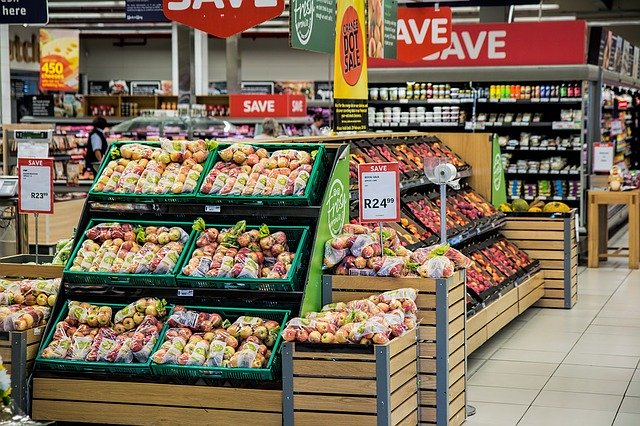We’ve all heard about genetically modified, or GM, foods. And most of us, especially those who grow our own food and want to live a more sustainable life, know we should avoid or boycott them. But the trick is, HOW do we avoid them?
If you are like me (and most of the country), you still go to the grocery store on a weekly basis and buy most of your food. Going up and down the aisles, it is pretty obvious that a lot of the food should be avoided. The pink frosting on aisle 5 is probably not a healthy food and the frozen lasagna in aisle 15 is almost certainly laden with salt and transfat. But what about the block of cheese in aisle 3? And the canola oil in aisle 10? If you are trying to be healthy, cook at home and bake from scratch, these are items that you would probably consider picking up. But are they healthy? Do they contain GMOs?
In this article, I hope to give you a couple of tips for tackling the grocery store and filling your cart with items that are less likely to contain GMOs.
(If you have anything to add, please don’t hesitate to leave information in the comments. This topic is one that is changing daily and is very hard to pin down. I’ve done my best to do reading and research but I know I’m not immune to mistakes and misinformation.)
70% or more of the foods that you can buy in the grocery store probably contain some form of GM ingredient, either directly or indirectly. That is intimidating! Since there is no requirement that companies label foods that contain GM ingredients, you can do one of two things:
- Only buy foods clearly labeled as GMO-free or 100% organic
- Know which ingredients are most likely GM and avoid products that contain them.
Let’s start with the good news.
Pasta, Rice, and Beans:
These items, when purchased plain and dry, do not contain GM ingredients.
- Wheat – There have been 419 field trials of GM wheat but none are currently being produced commercially in the US or for US consumption. (Though don’t forget the recent story about a field in Oregon being contaminated with one of Monsanto’s test crops. Times, they are a-changin’)
- Rice – GM rice is not currently being cultivated, though varieties have been developed and tested.
- Beans (this does NOT include soybeans) – GM beans are not commercially produced at this time in the US and are not available for US consumption.
Fresh Produce:
- Canola – (made from the rape plant)
- Soy
- Corn
- Sugar Beets (which comprise about 50% of the sugar production for the US)
- Cottonseed
Given this information, it is easy to understand why so much of the food (i.e. processed junk) that is in the grocery store is GM.
Bread and Crackers – While technically a wheat product, most of the bread and bread products sold in the store contain corn syrup and/or some soy-based ingredient. Better to just bake your bread at home.
Animal Products – Unless it is labeled 100% organic, odds are the cows have been injected with rBST and/or fed GM soy and corn products.

